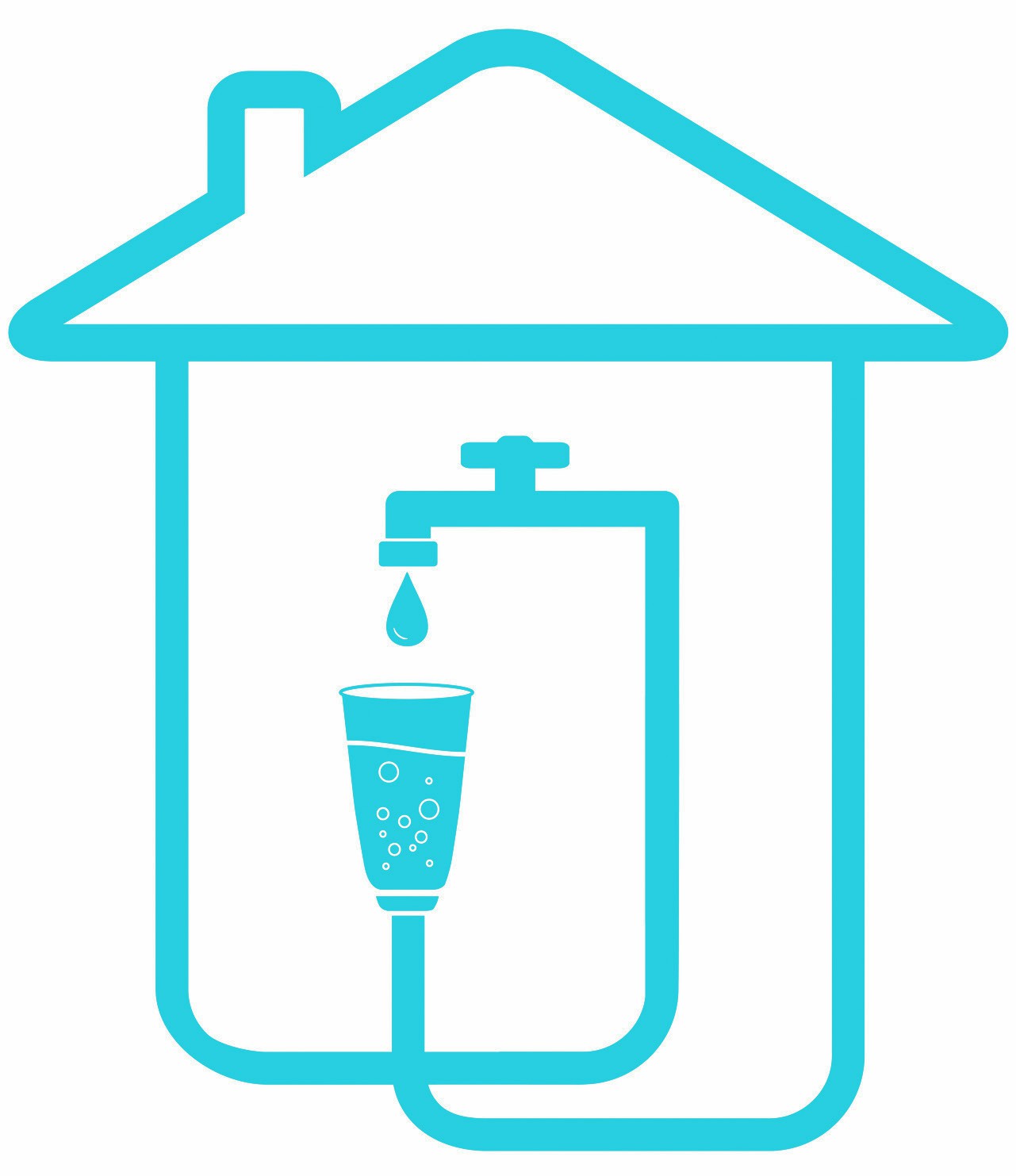
In the UK, there is a growing debate about the most effective measures to cope with the increasing scarcity of potable water (water that is safe to drink). Different methods have been proposed and implemented to increase the supply of water — from reducing system leaks in water pipelines (currently more than 3 billion litres of water, around 20% of total water consumed by households, are lost because of leaks), to treatment of wastewater that can be used for agricultural and landscape irrigation or for industrial processes. Given that most of these measures require expensive investment in infrastructure, demand-oriented policy measures aimed at reducing the use of potable water are increasingly seen as a necessary complement to the supply-oriented policies.
At present, there is no general agreement among economists and policy-makers about the most effective way to reduce household demand for water. While some experts believe that prices are an effective tool to reduce demand during periods of limited water supply, others argue that water demand is price inelastic, and therefore prices are ineffective in affecting consumption. The latter believe that more appropriate mechanisms for regulating residential water consumption are non-price strategies, including public education campaigns and water restrictions.
Your organisation does not have access to this article.
Sign up today to give your students the edge they need to achieve their best grades with subject expertise
Subscribe




